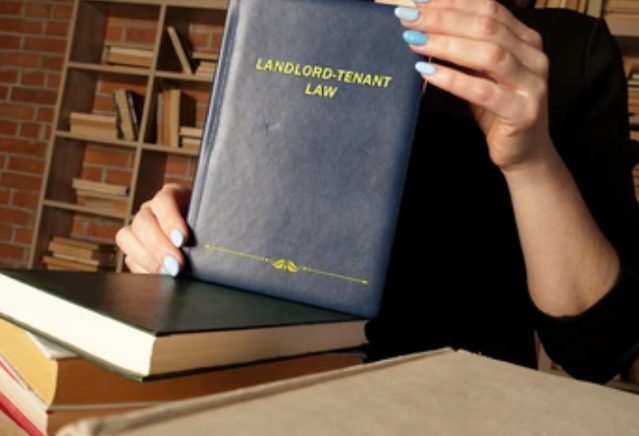Landlord's Right to Enter Rental Property: Understanding Notice Requirements
Landlord's Right to Enter Rental Property: Understanding Notice Requirements
The landlord's right to enter a rental property is subject to certain restrictions and notice requirements to protect the tenant's privacy and peaceful enjoyment of the premises. While specific laws may vary depending on the jurisdiction, this detailed explanation will cover general principles and considerations regarding the landlord's right to enter a rental property and the notice requirements associated with it.
Valid Reasons for Entry:
- Landlords typically have valid reasons for entering a rental property, including:
- Conducting inspections: This may include routine maintenance inspections, property condition assessments, or checking for repairs or safety issues.
- Making repairs or improvements: Landlords may need to enter the property to address maintenance issues, perform necessary repairs, or make improvements to the premises.
- Showing the property to prospective tenants or buyers: If the tenant is nearing the end of the lease term or has provided notice to vacate, the landlord may need to show the property to potential new tenants or buyers.
Notice Requirements:
Landlords are generally required to provide advance notice to tenants before entering the rental property. The notice period and method of delivery may vary based on local laws and the specific circumstances. Common notice periods range from 24 to 48 hours, although some jurisdictions may require longer notice periods.
Written Notice:
In many jurisdictions, landlords are typically required to provide written notice to tenants for non-emergency entries. The written notice should include the purpose of entry, the date and time of entry, and any other relevant information. Sending notice through certified mail, email, or delivering it in person are common methods of providing written notice.
Emergency Entries:
In emergency situations, such as a fire or water leak, landlords may be allowed to enter the rental property without prior notice to address the emergency. However, even in such cases, landlords should strive to inform tenants as soon as possible about the entry.
Reasonable Time and Duration:
When entering the rental property, landlords should do so during reasonable hours, typically between 9 a.m. and 5 p.m., unless there is an agreement with the tenant for alternative times. Landlords should also limit the entry to the specific purpose stated in the notice and avoid unnecessarily disrupting the tenant's privacy or enjoyment of the premises.
Tenant's Right to Privacy:
Tenants have a right to privacy within their rented premises. Landlords should respect this right and refrain from entering the property for reasons not permitted by law or the lease agreement. Unauthorized or excessive entries may infringe on the tenant's privacy rights and could lead to legal consequences for the landlord.
Entry for Maintenance and Repairs:
In most jurisdictions, landlords have an obligation to maintain the rental property and make necessary repairs. However, routine maintenance and minor repairs typically require reasonable notice, while emergency repairs may warrant immediate entry without notice. It's important for landlords to strike a balance between fulfilling their responsibilities and respecting the tenant's privacy.
It's crucial to note that specific laws and regulations regarding the landlord's right to enter rental properties may vary by jurisdiction. It's advisable for landlords to consult local laws, regulations, and lease agreements to ensure compliance with notice requirements and other relevant provisions. Likewise, tenants should be familiar with their rights and responsibilities related to landlord entry and seek legal advice if they believe their rights are being violated.















No comments